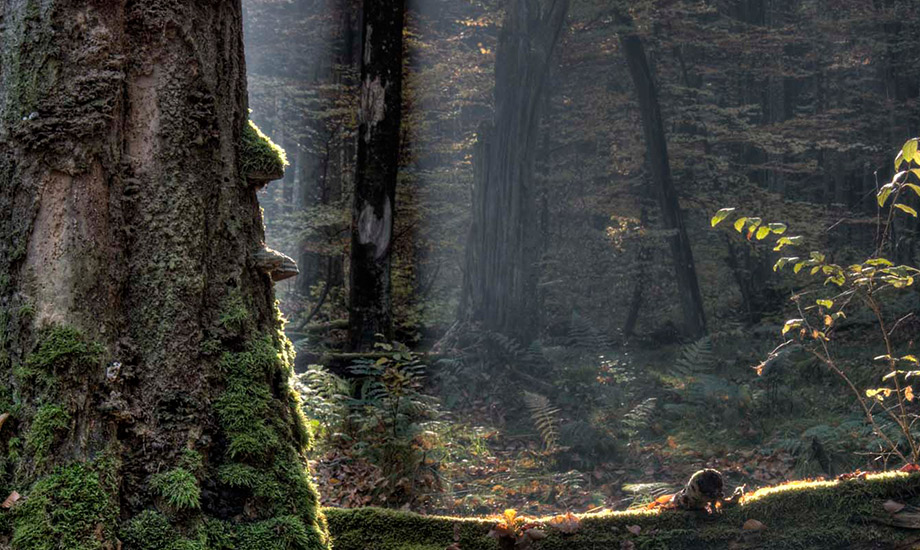Sustainability in a historical context
The term sustainability goes back to German forestry. As early as 1713, Carl von Carlowitz wrote in his work "Sylvicultura Oeconomica" that wood should be cultivated in such a way that continuous and sustainable utilisation of the forest is possible. In forestry, this led to the principle that only as much wood should be removed from the forest as can grow back.
After it was recognised in the 20th century that many other resources on planet Earth, both renewable and non-renewable, should be usable in the long term in addition to wood, the Brundtland Report of 1987, entitled "Our Common Future", established the following definition: "Sustainable development is development that meets the needs of the present without compromising the ability of future generations to meet their own needs." [German definition by Volker Hauff (1987): Our Common Future, p. 46].
This principle has been taken up, discussed and refined in recent decades, both in science and in society. Today, everyone is familiar with the term sustainability and knows roughly what it means. In particular, the international community, the United Nations, has worked together with experts, governments and non-governmental organisations to further develop this basic idea of sustainable development and bring it to life. Initially, the Millennium Development Goals were adopted in 2000, which were further specified in 2015 by the 2030 Agenda with the 17 Sustainable Development Goals (SDGs).
